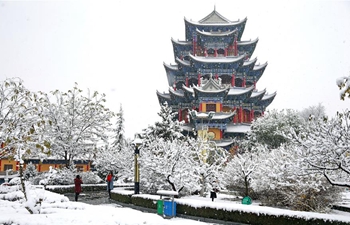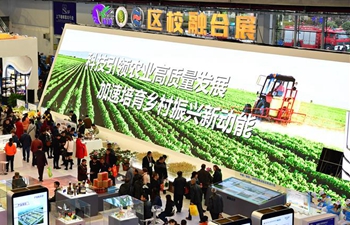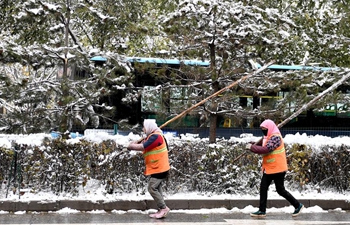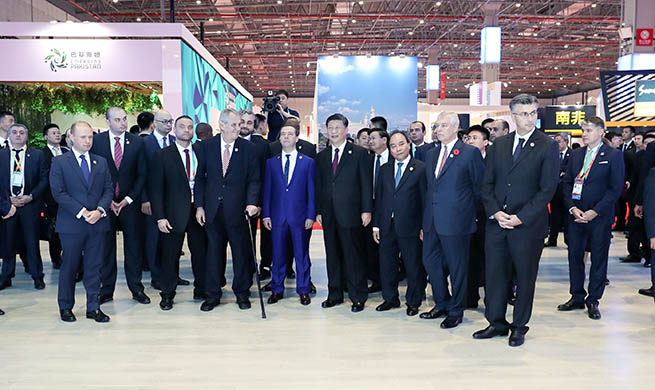VIENTIANE, Nov. 6 (Xinhua) -- The Lao government's top economic research agency has suggested that investment focus in areas that would make use of and maximize the benefits of the Laos-China railway.
There is the possibility of building Special Economic Zones (SEZs) along the 411-km route of the high-speed railway, with a focus on developing industrial zones, the National Economic Research Institute (NERI) recommended in its latest survey, local daily Vientiane Times reported Tuesday.
The think tank also suggested creating a free trade zone, a logistics park, a smart city, an ecocity, and a high tech park along the under-construction railway, which is slated for operation in 2021.
All of the recommended areas boast potential that should be tapped to boost economic development, the survey suggested.
The NERI reported its survey findings on the establishment and operation of special and specific economic zones at the government's monthly meeting in October.
As of June this year, some 12 SEZs offering tax breaks had been established and were operating across the country. These have attracted 503 local and foreign companies with registered capital of more than 8.4 billion U.S. dollars, although this figure falls far short of the target of 34.5 billion dollars.
SEZ outputs have made increased contributions to Gross Domestic Product (GDP), which was recorded at 0.72 percent and 0.85 percent in 2015 and 2016 respectively.
Laos' strategic location, being centrally positioned among giant economies and as a gateway connecting China with the 10-member ASEAN regional bloc, gives the country outstanding advantages, NERI's analysts suggested.
China and some ASEAN member countries, including Laos, have engaged in a plan to build a railway connecting Kunming to Singapore through Laos, Thailand and Malaysia. Once realized, this regional rail network will make land-locked Laos more interconnected and able to serve as a transport hub within the region.
NERI's recommendation on the possibility of establishing SEZs along the Laos-China railway came as the Lao and Chinese governments agreed to create the Laos-China economic corridor along transport routes between the two countries.













